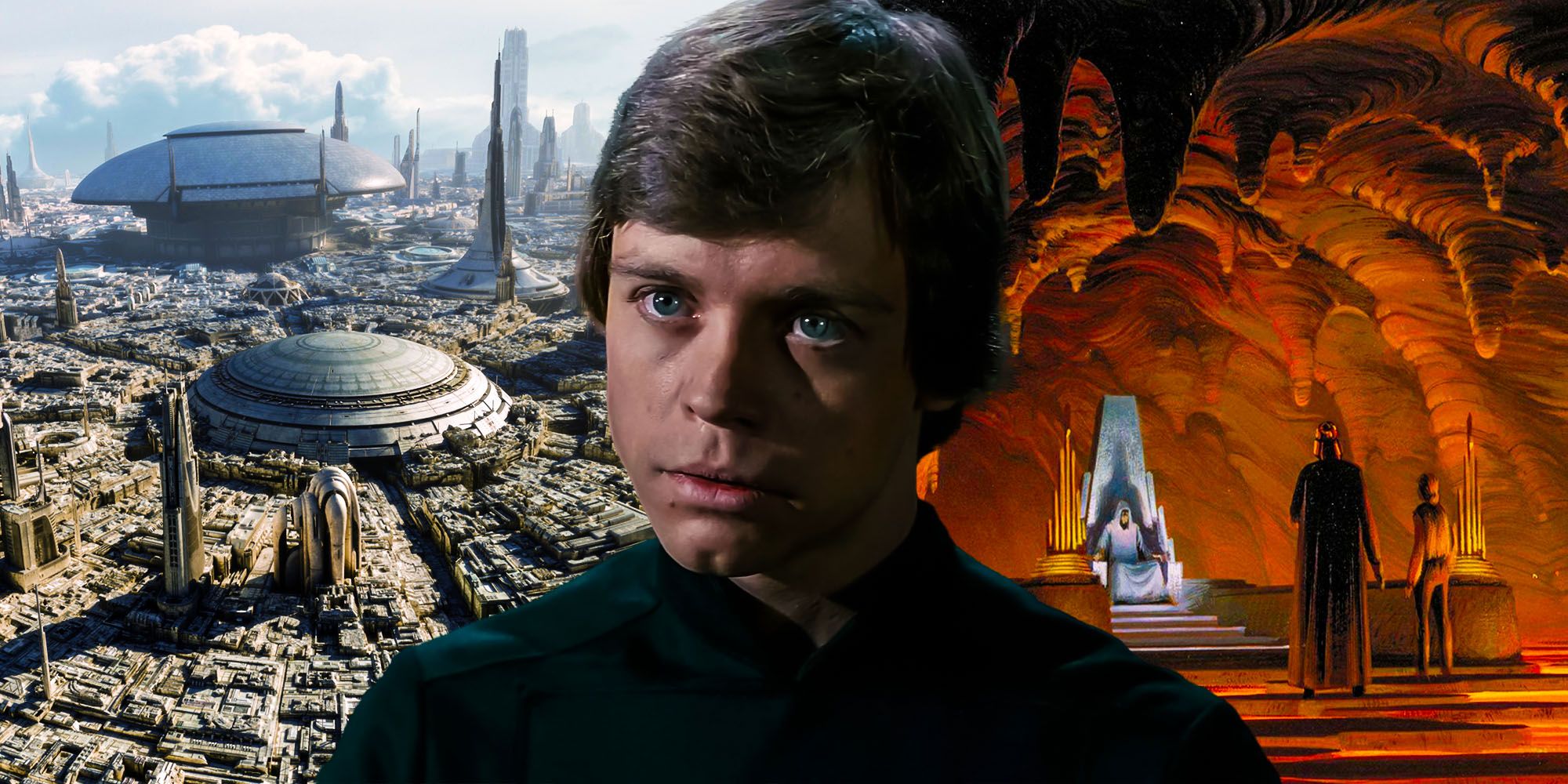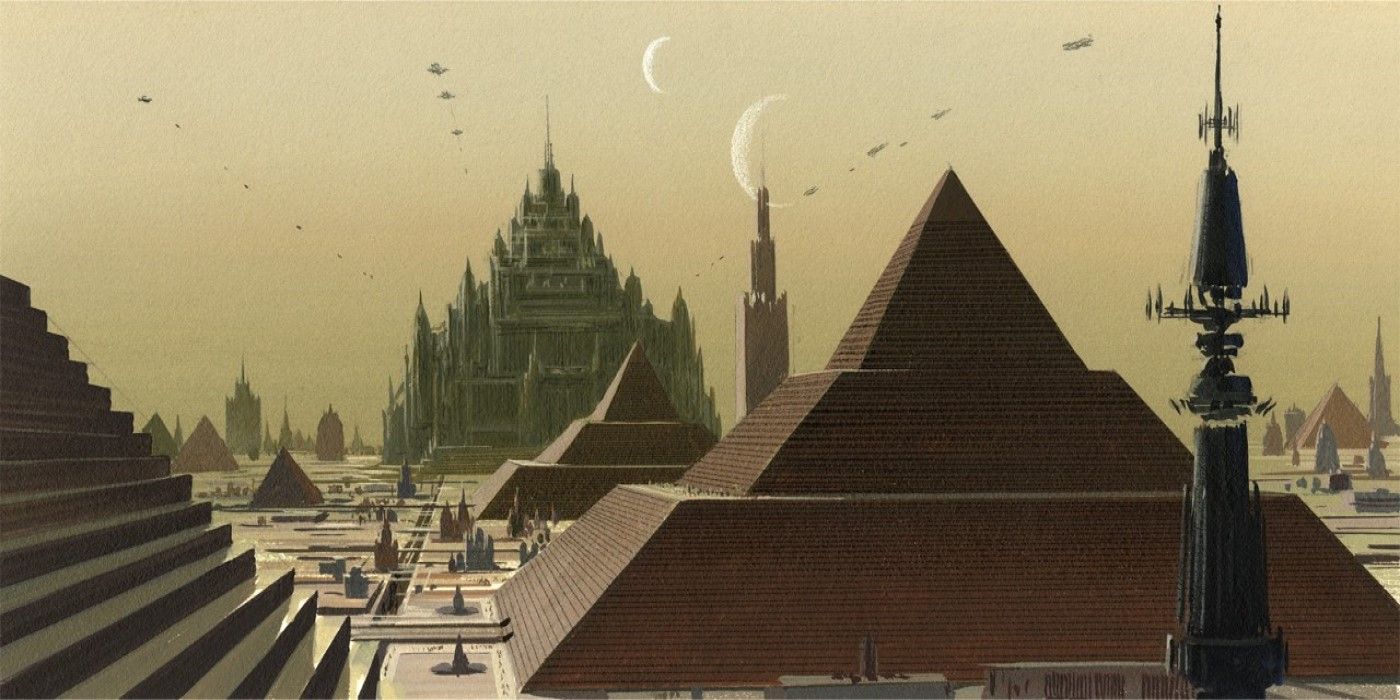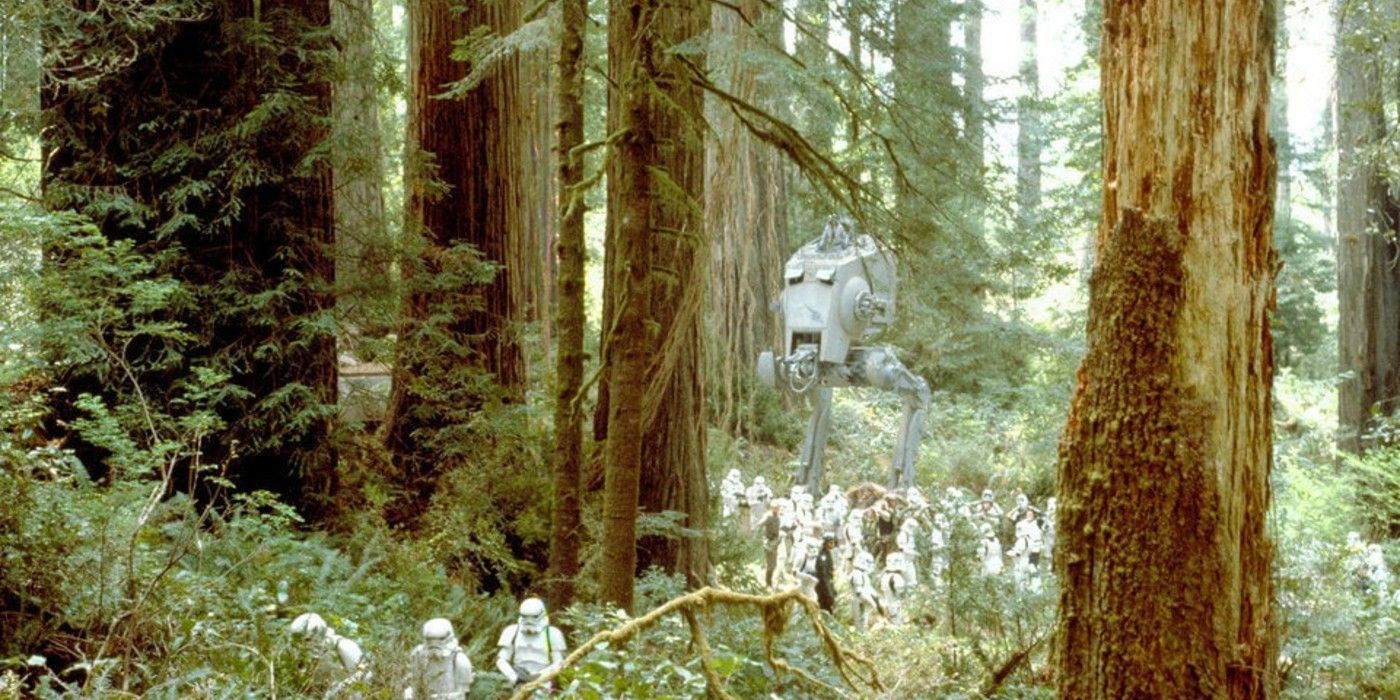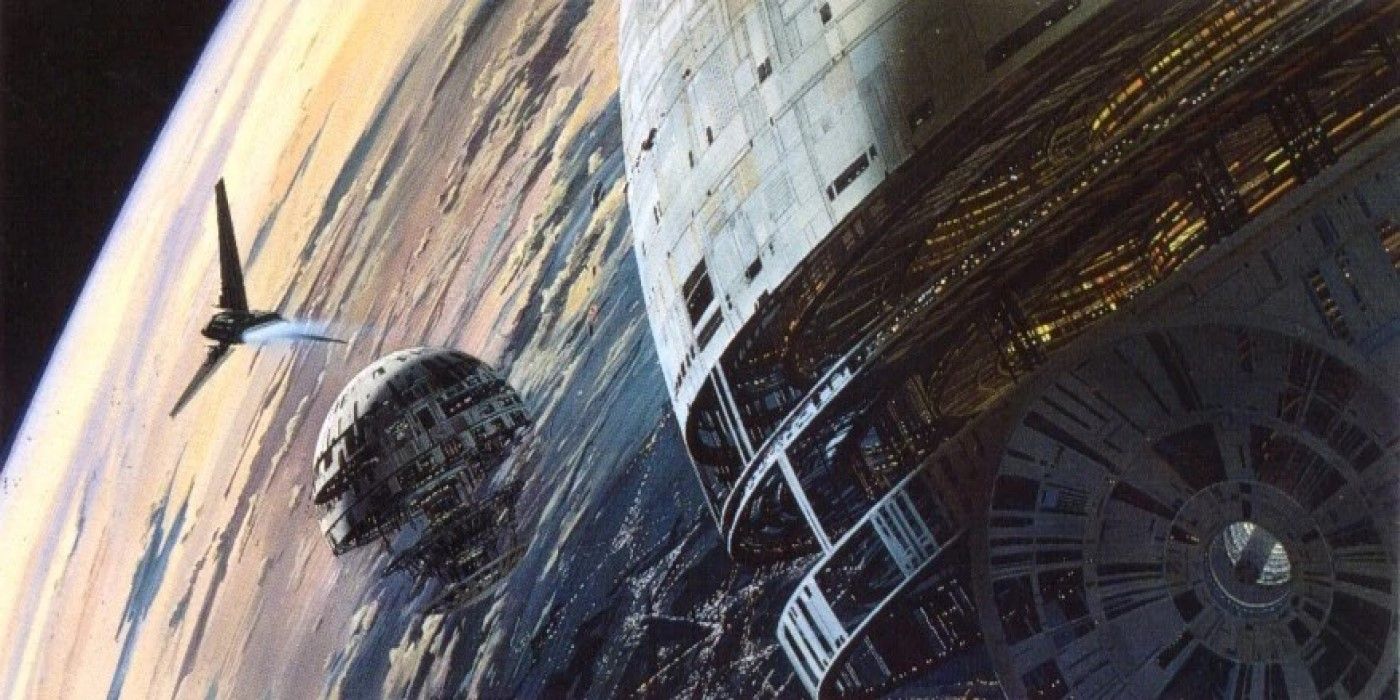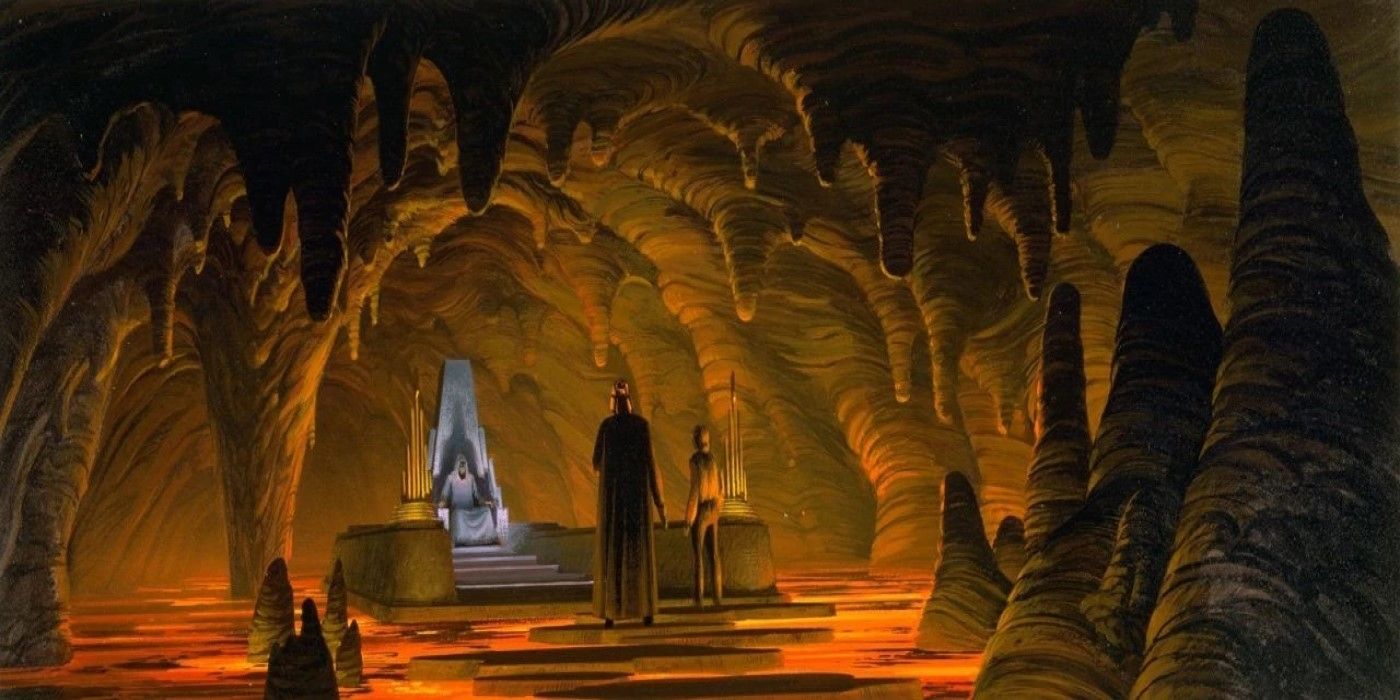Summary
- The action-packed finale of Return of the Jedi originally took place on the city-planet that inspired Coruscant, but George Lucas changed it for cost reasons.
- Had Abbadon was the original name for Coruscant, which inspired future Star Wars creators and was repurposed in other parts of the franchise.
- Coruscant's debut was in a 1991 novel and later incorporated into Return of the Jedi in the 1997 Special Edition.
The action-packed finale of Return of the Jedi originally took place on Coruscant, but George Lucas and Richard Marquand ultimately changed it. George Lucas always intended the Empire to be based on a city-planet (technically called an ecumenopolis). But the planet Coruscant didn't debut until the 1991 novel Heir to the Empire by Timothy Zahn, later incorporated into the movies in the 1997 Star Wars Special Edition of Return of the Jedi.
Coruscant only had a small appearance in the Special Edition, of course. Return of the Jedi's finale was set on the Forest Moon of Endor, with the "nature versus the unnatural" theme expressed through the seemingly primitive Ewoks who helped the rebels defeat the technologically (and numerically) superior Imperial troops. Surprisingly, though, Return of the Jedi's finale originally took place on the Empire's capital world, though, making for a much larger scale battle.
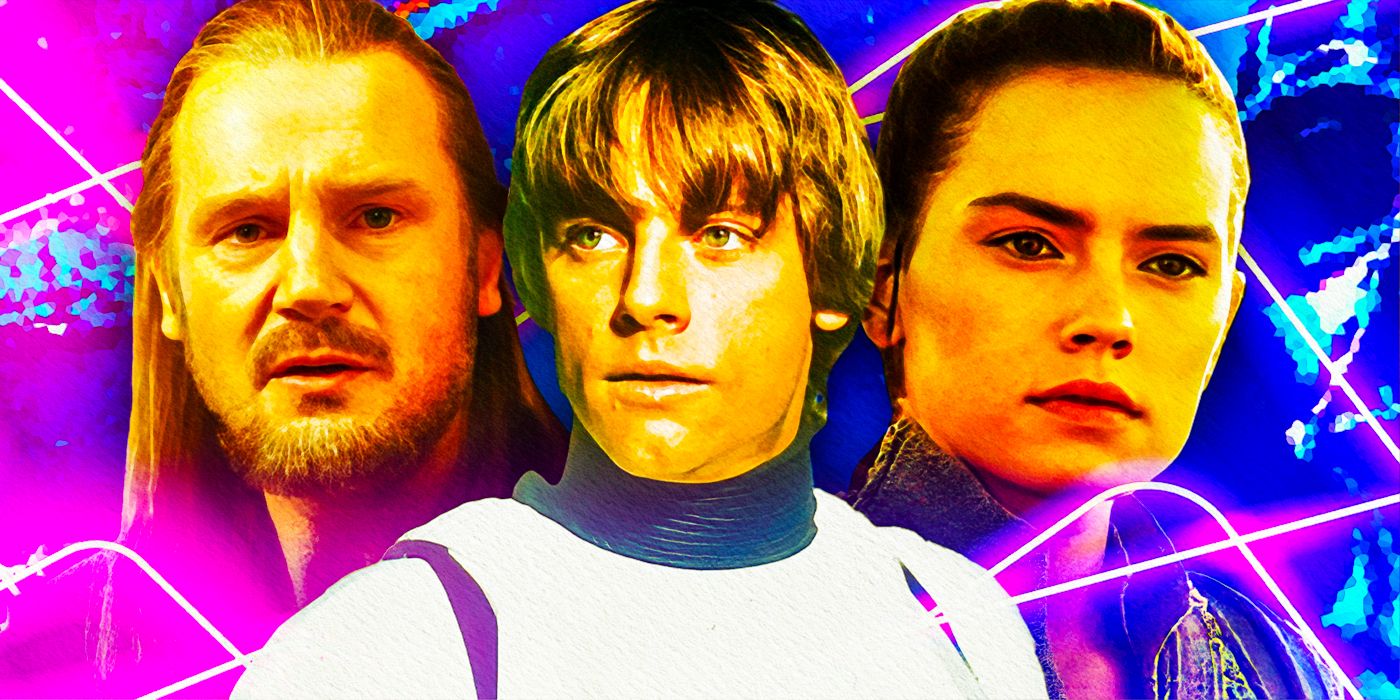
Star Wars Movies In Order: How To Watch Release Order, Chronologically & With The TV Shows
What's the best way to watch Star Wars? Here's everything you need to know to watch in release or timeline order, and how to include the TV shows.Had Abbadon: Coruscant's Original Incarnation
The ecumenopolis capital of the Galactic Empire was initially called Had Abbadon, and an early story treatment of Return of the Jedi would have had it feature two partially-constructed Death Stars, as well as a forested moon called “Jus-Endor.” While these ideas were eventually retooled into Return of the Jedi's Death Star celebrations, the concept of the Empire being headquartered on a planet whose entire terrain is a sprawling cityscape remained. In-universe, the planet originally known as Had Abbadon was called Imperial Center throughout the reign of the Empire.
Coruscant nearly appeared in the sequels as well, with the First Order originally supposed to destroy the planet using Starkiller Base
Ralph McQuarrie's stunning concept art of Had Abbadon captured the imagination of future Star Wars creators, inspiring Timothy Zahn to introduce Imperial Center in Legends as Coruscant. Imperial Center was added into the ending of Return of the Jedi via the 1997 Special Edition, and Coruscant became its official name in the Star Wars prequel trilogy to maintain consistency between the Star Wars movies and Legends content. Coruscant nearly appeared in the sequels as well, with the First Order originally supposed to destroy the planet using Starkiller Base; this was switched for Hosnian Prime, a similar ecumenopolis.
Why Return of the Jedi's Finale Was Changed
The original finale for Return of the Jedi would have taken place on a city planet and a forest moon, with two partially-completed Death Star stations. This was simply too visually complicated and potentially expensive, with Lucasfilm's budget and at-the-time sophisticated special effects. Elements of the original finale remained, however, as the Forest Moon of Endor was still a key location and one Death Star appeared. Rather than use McQuarrie’s concept of the Emperor’s lava-filled, subterranean throne room, the final script had Palpatine aboard the Second Death Star, overlooking the space battle in orbit of Endor.
How Would The Rebels Have Won On Had Abbadon?
Had Return of the Jedi stuck with its original finale, a rebel victory would have been far more complicated. With two Death Stars, whose superweapons would likely have still been operational, the rebels would endure far greater losses in space. Additionally, the shield generator might have been on Jus-Endor for one station and Had Abbadon for the other, necessitating urban warfare on the Galactic Empire’s capital world to disable one of the shields. While unlikely due to a lack of manpower, the Rebels might have commandeered one Death Star to destroy another, perhaps disabling the hijacked battlestation afterward.
Where The Had Abbadon Concept Was Repurposed In The Star Wars Franchise
Although Return of the Jedi's finale was changed, elements of its original concept found their way into other parts of the Star Wars franchise. Had Abbadon appeared in the Legends-era Star Wars: Legacy comics - reinvented as a more natural world in the Deep Core. Palpatine's throne room was repurposed in Star Wars: The Last Jedi, now owned by Supreme Leader Snoke; the Sith throne itself appeared in Star Wars: The Rise of Skywalker. While Return of the Jedi ultimately had a much tamer finale than originally planned, Coruscant and other elements of its original third act went on to appear throughout the rest of the Star Wars franchise.

